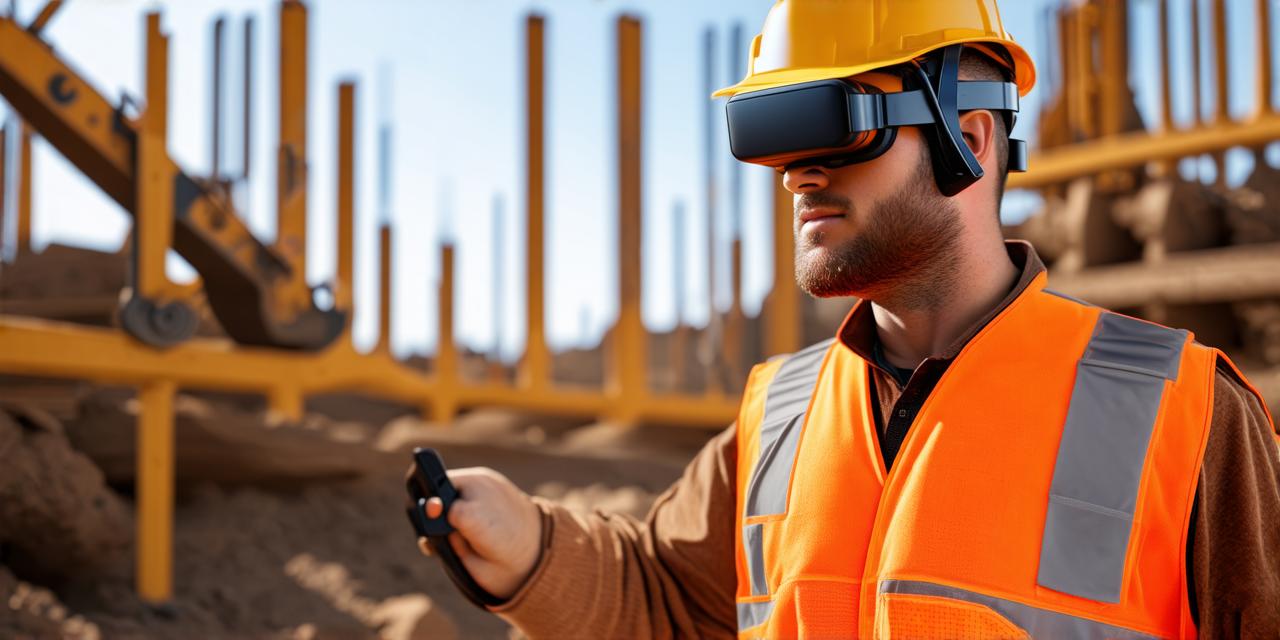Mixed reality (MR) is an emerging technology that combines the real world with virtual objects, allowing for a more immersive and interactive experience. In recent years, MR has gained traction in various industries, including construction. The construction industry is known for being complex and time-consuming, but MR has the potential to revolutionize the way we build by providing a more efficient and effective means of communication, collaboration, and visualization.
Benefits of Mixed Reality in Construction
-
Improved Communication: MR allows for real-time communication between stakeholders, regardless of location. Architects, engineers, contractors, and clients can all see and interact with the same virtual model, enabling them to communicate more effectively and resolve issues quickly.
-
Enhanced Collaboration: MR fosters collaboration by allowing multiple parties to work together on a project in real-time. This enables architects and engineers to make changes on the fly, based on feedback from contractors or clients. It also allows for better coordination of efforts among different teams.
-
Increased Efficiency: By providing a more immersive and interactive experience, MR can help reduce errors and increase productivity. For example, virtual models can be used to test designs and make changes without having to physically build them, saving time and resources.
-
Reduced Risk: MR can also help reduce the risk of accidents and other safety issues on construction sites. By allowing stakeholders to visualize potential hazards and implement corrective measures before construction begins, MR can help prevent injuries and delays.
Challenges of Mixed Reality in Construction
-
Cost: Implementing MR technology requires significant upfront investment in hardware and software. This can be a challenge for smaller construction companies or those with limited budgets.
-
Training: MR requires specialized training to use effectively, which can be time-consuming and expensive. Contractors and clients may also need to be trained on how to interact with virtual models and other MR tools.
-
Compatibility: MR technology may not be compatible with existing systems or software, requiring additional development work or the adoption of new standards.
-
Security: MR can present security risks if sensitive data is transmitted over unsecured networks or if virtual objects are used to simulate real-world scenarios that could compromise safety.
Conclusion
Mixed reality has the potential to revolutionize the construction industry by improving communication, collaboration, efficiency, and safety. While there are challenges to implementing MR technology, these can be overcome through careful planning and investment in training and development. As MR continues to evolve, it is likely that we will see more widespread adoption of this technology in the construction industry, leading to more efficient and effective building processes.
